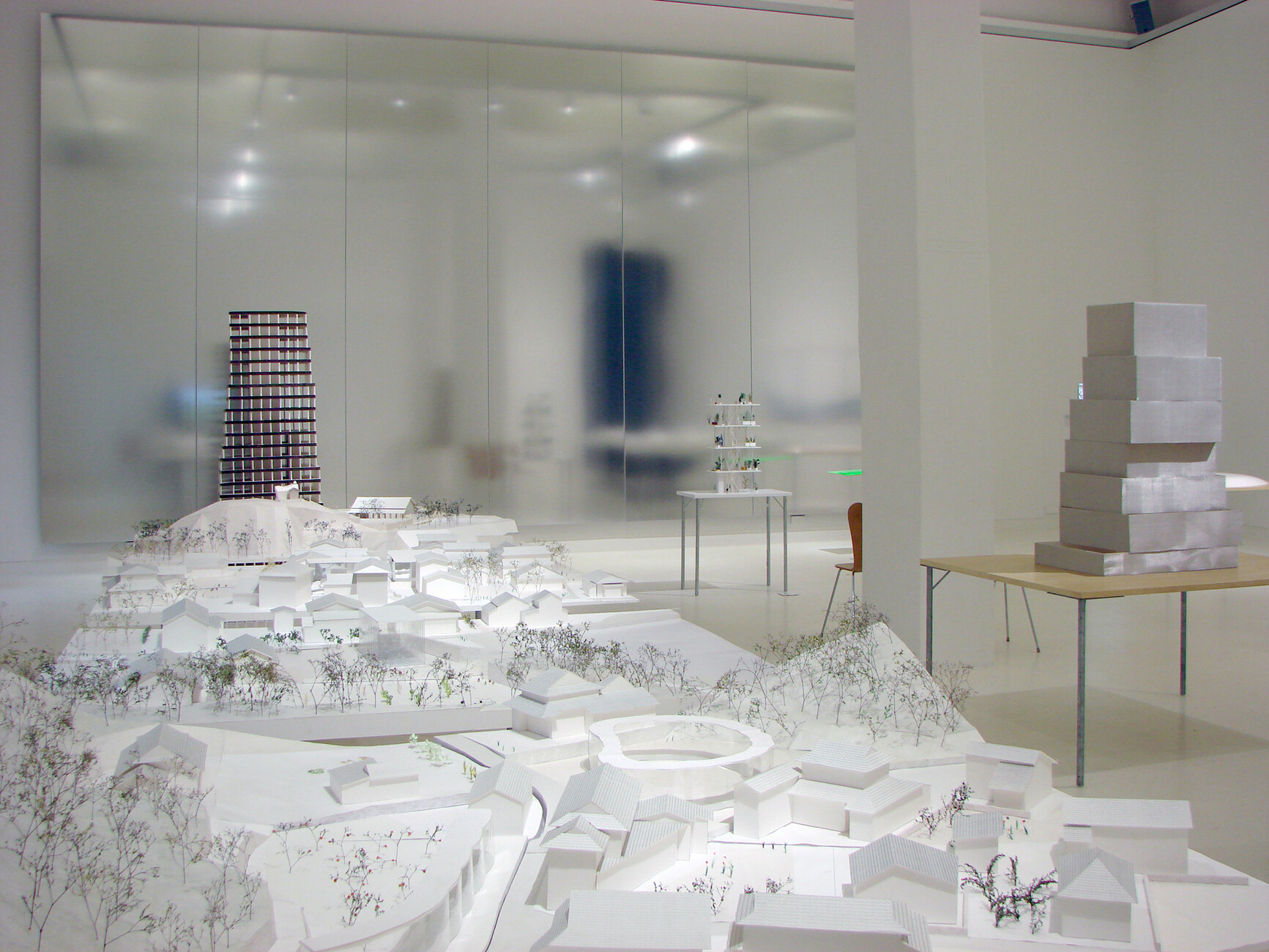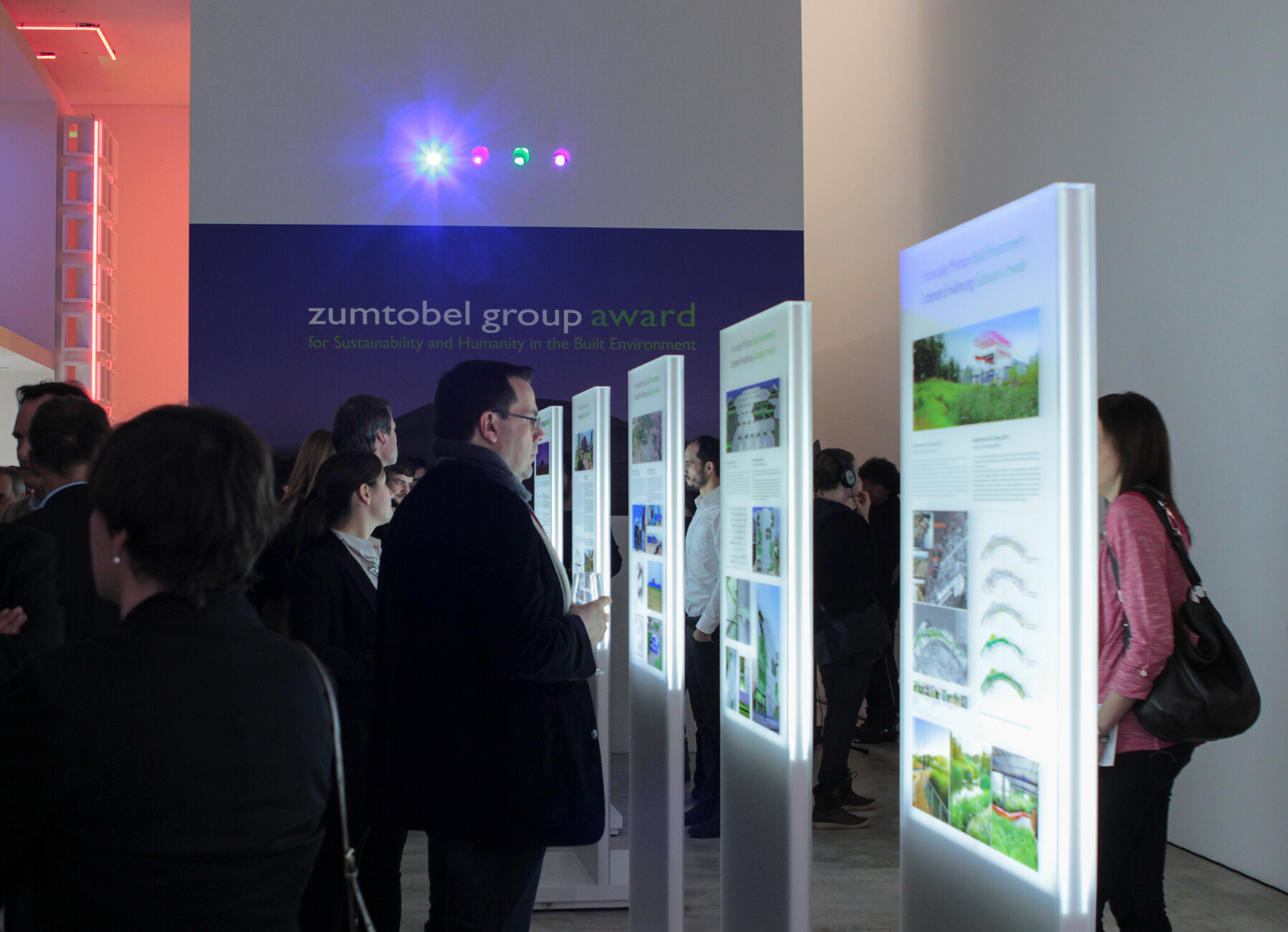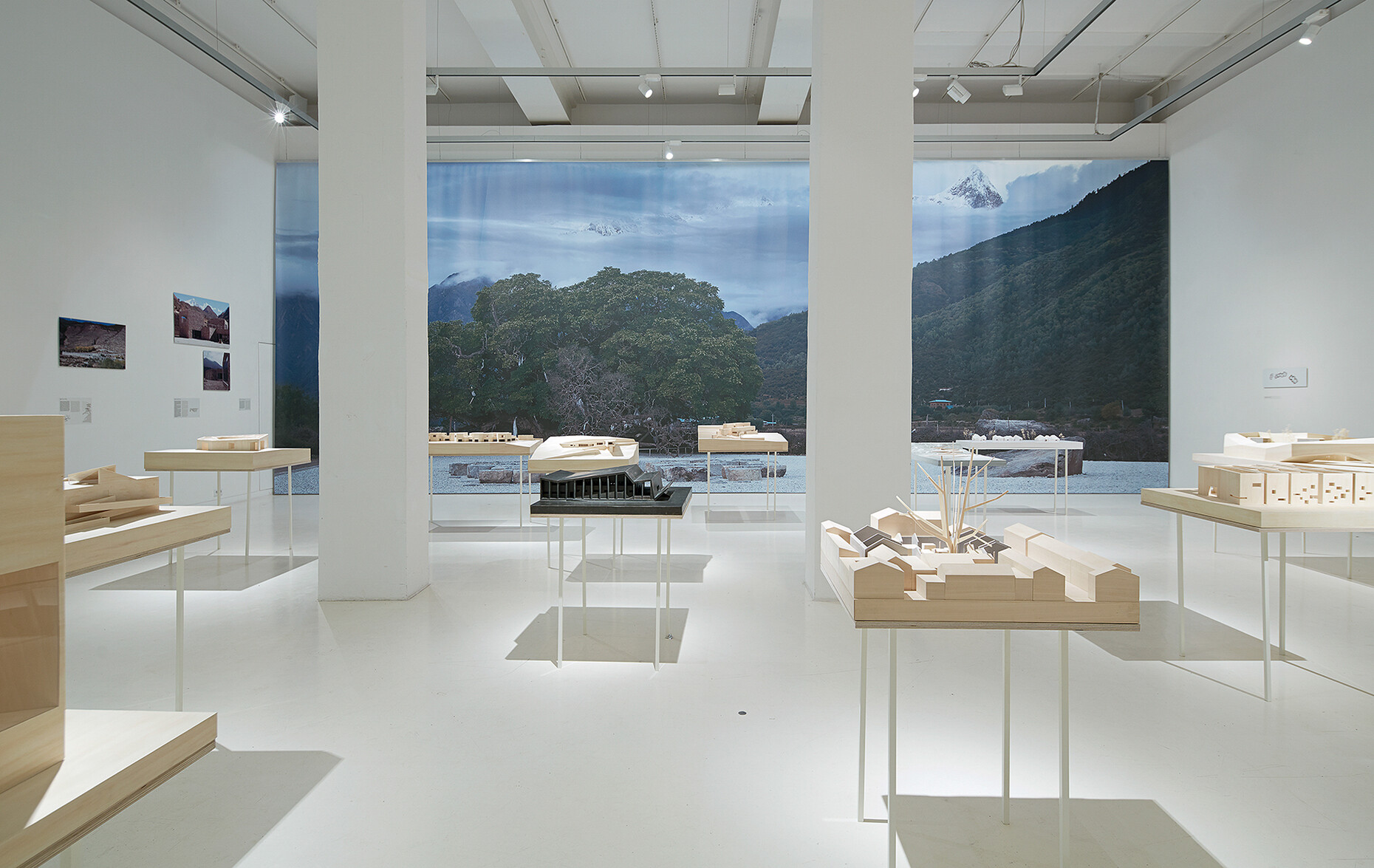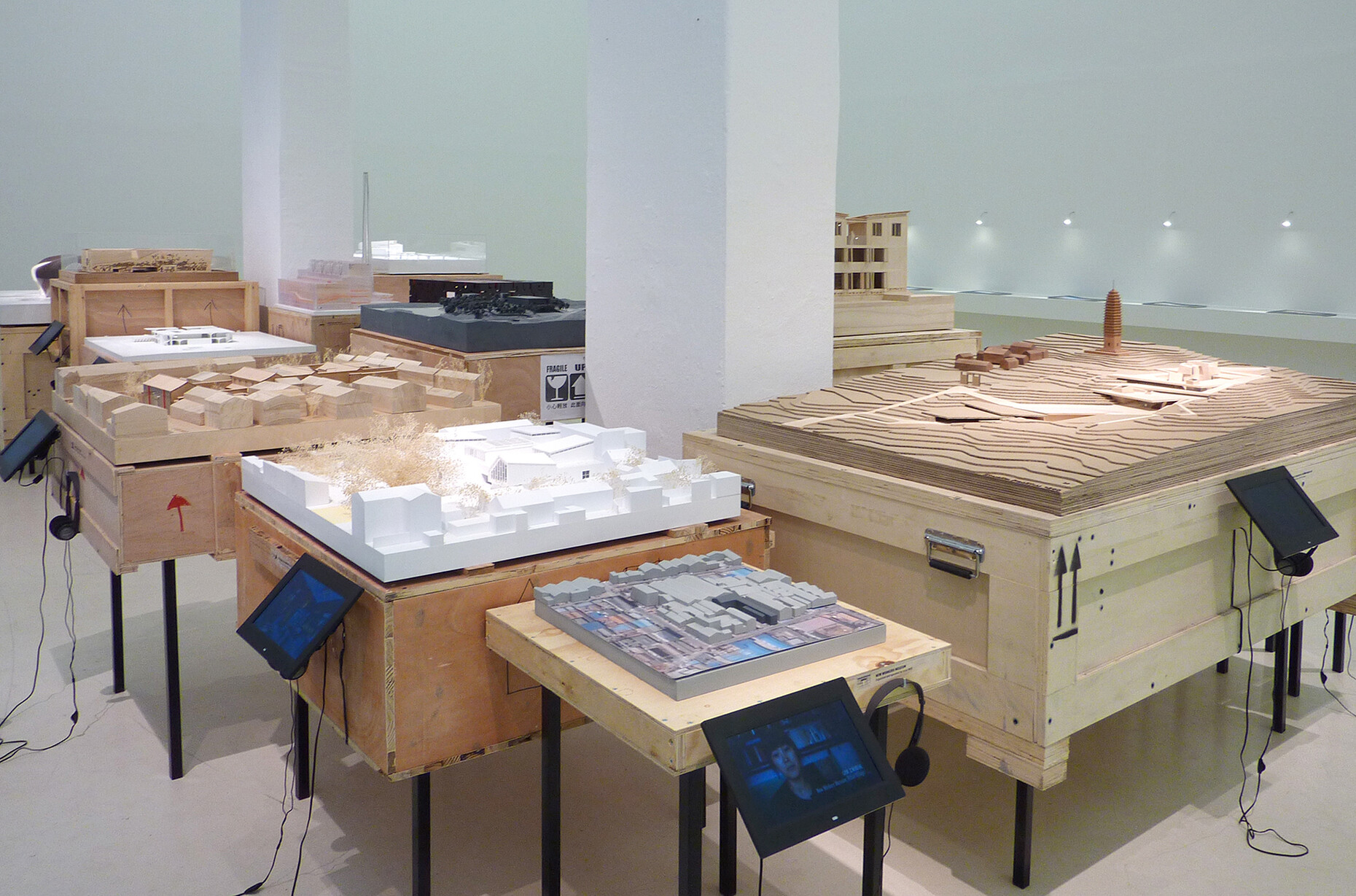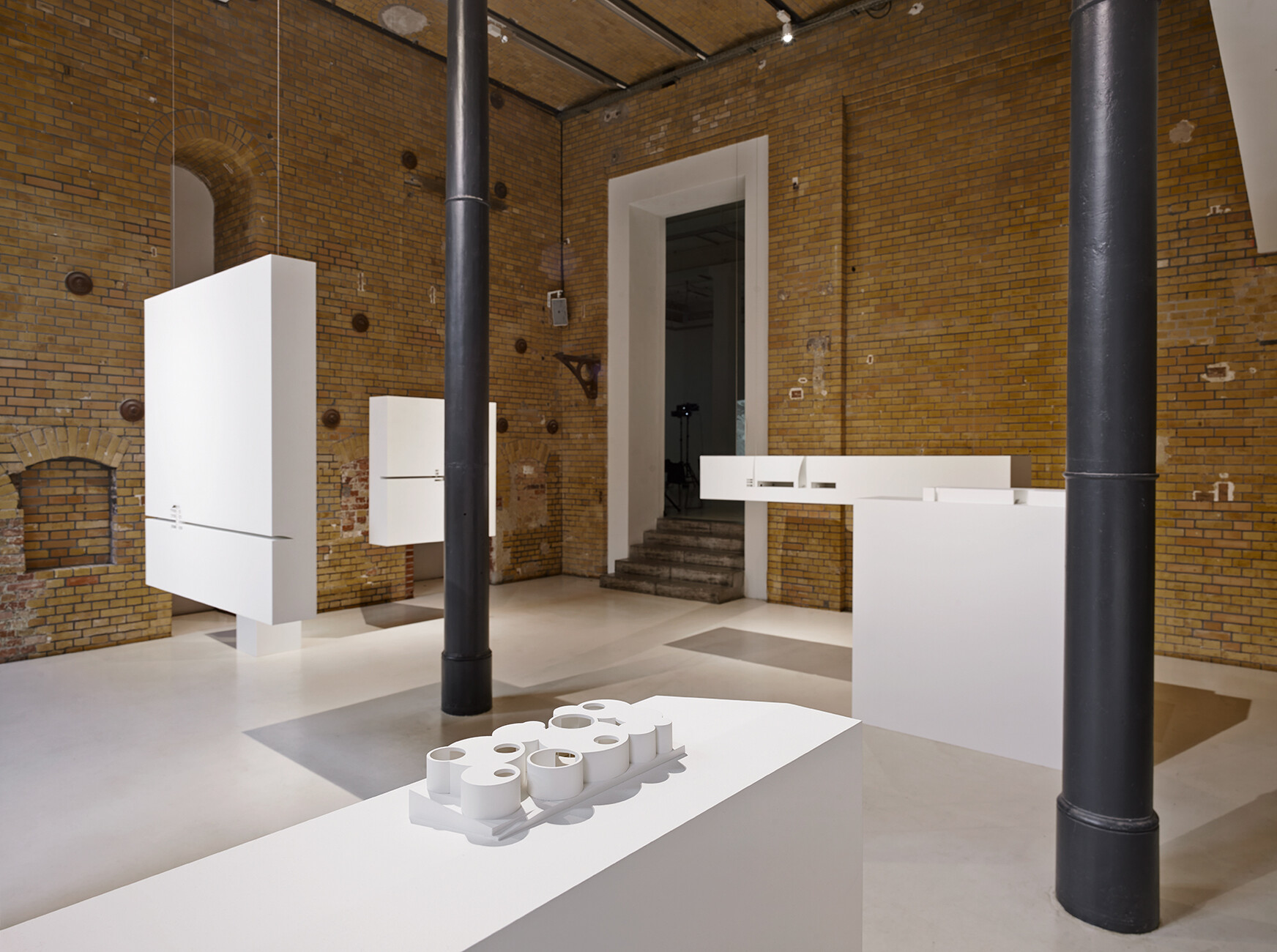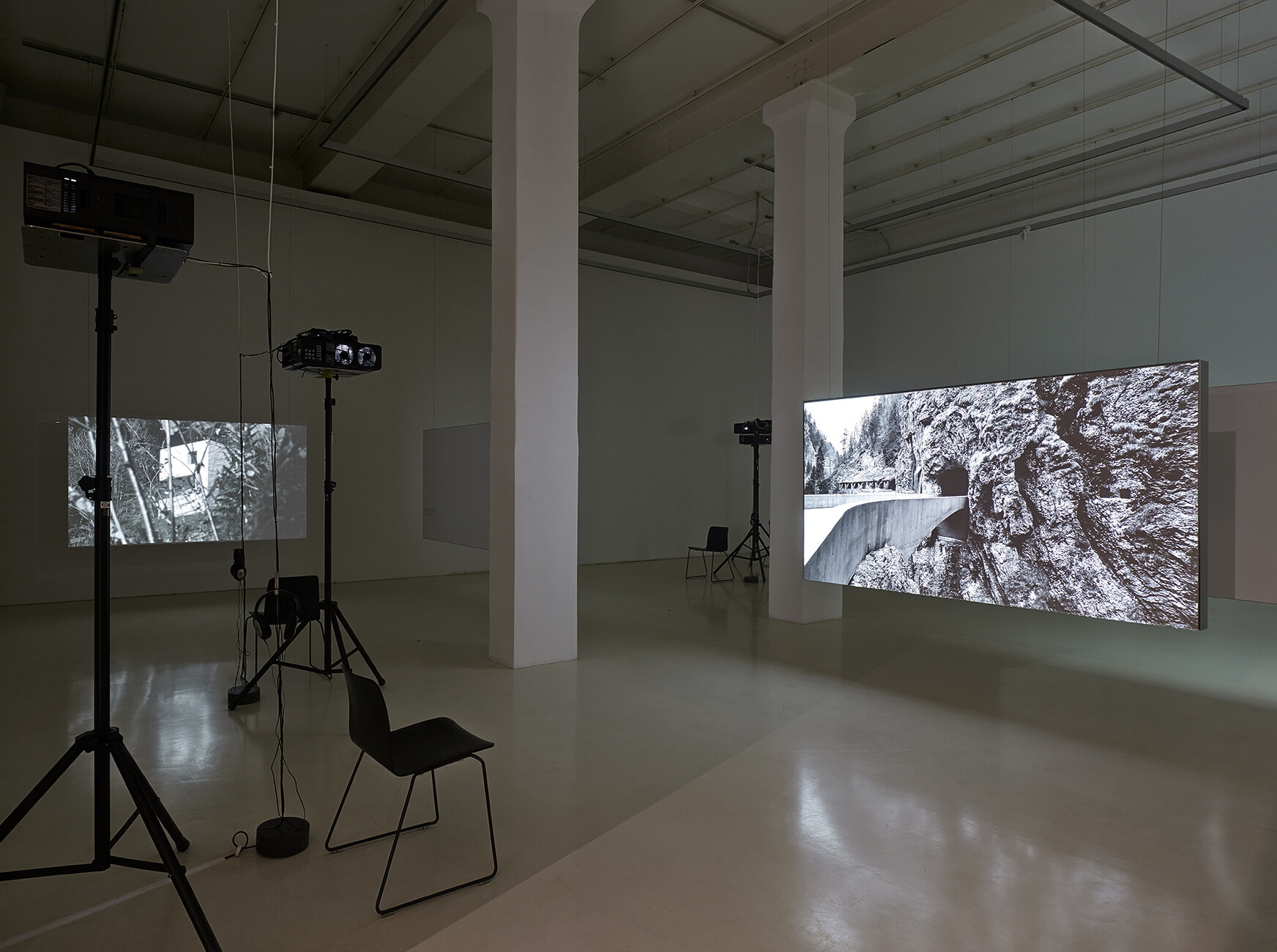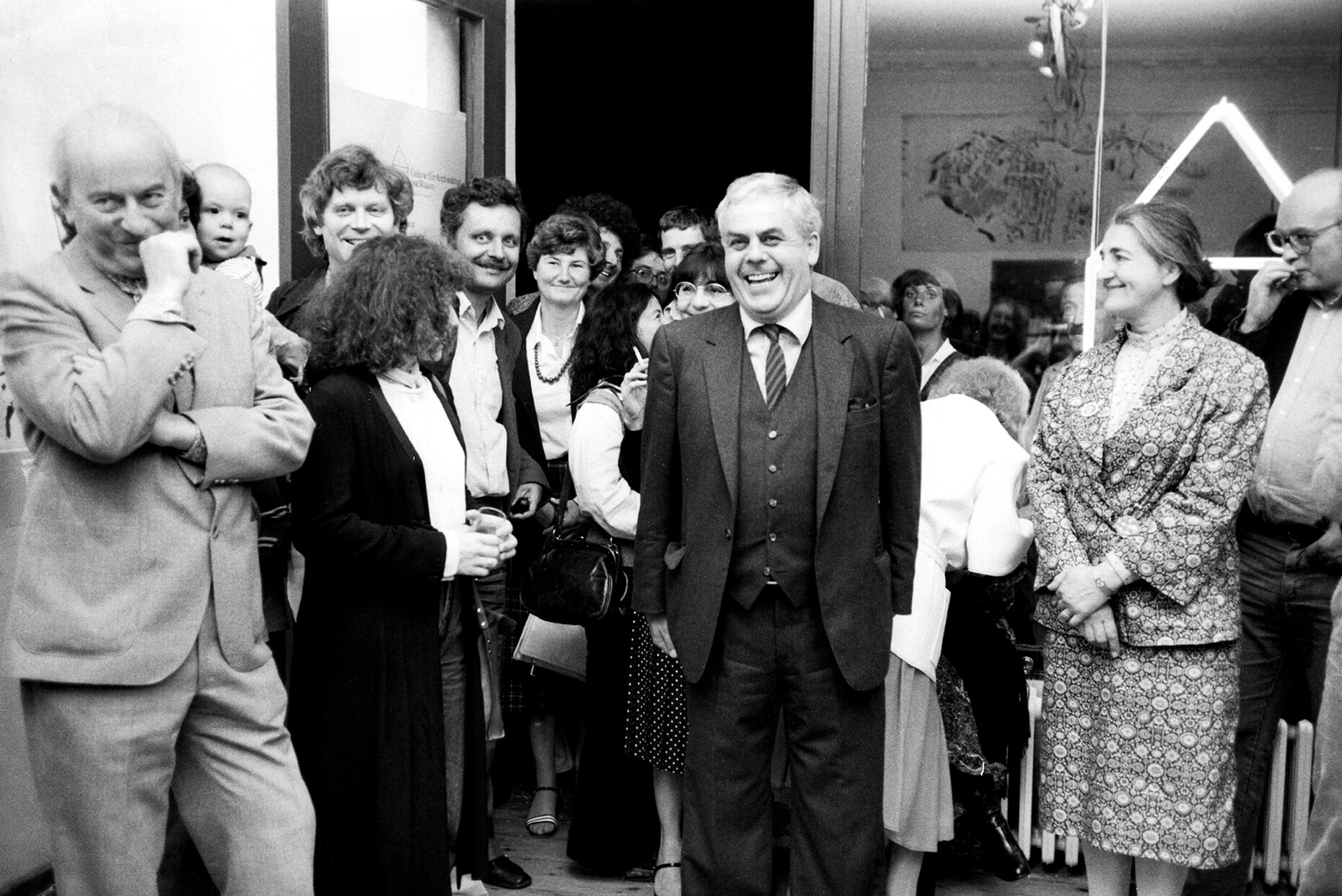STYLEPARK ZUMTOBEL
Enlightening dialog
Architecture and urban planning as subjects for discussion – away from panels of experts and industry conferences: That was the idea that came to Kristin Feireiss and Helga Retzer in the early 1980s and prompted the foundation of the Aedes Architecture Forum in a Berlin gallery store that measured a mere 40 square meters. It was there and at other locations that the pair organized exhibitions with international artists and architects such as the likes of Gottfried Böhm and Zaha Hadid. They presented pioneering concepts, including many beyond the popular mainstream, and appraised new trends, opening them up to a broad audience for discussion – with no thresholds and free of commercial intent. “Rather than complain about what we don’t have, we want to pose the questions that are necessary if we are to improve our living environments and to present good examples for this,” summarizes Hans-Jürgen Commerell, who has since the Nineties alongside Kristin Feireiss been at the helm of Aedes. An independent, public cultural forum for architecture represented a thoroughly new approach at the time, and that trailblazing spirit is something the Aedes team has maintained to this day. As before, the Architecture Forum still offers a platform for critical dialog about cities, politics, space and society, but the settings for the debate have improved notably over the decades: The 40 square meters in Berlin’s Charlottenburg district have given way to a good 600 square meters in Prenzlauer Berg, while the Aedes network has long since spread across the globe, with its exhibitions, symposiums and workshops achieving international renown.
Light in architecture
In addition to the 40th anniversary of its foundation, this year Aedes is also celebrating a quarter of a century of collaboration with Austrian lighting specialist Zumtobel: The two sides sarted interacting 25 years ago, whereby the focus has always been on light in architecture. “Right from the start, Zumtobel has always shown a distinct awareness for culture, a desire to collaborate with artists, and a strong interest in conveying the role light plays in the design of living spaces,” comments Commerell. Many joint research trips and exhibitions with important protagonists of the international architecture and design world were to follow. One of these was the show “Living the Nordic Light”, for which Norwegian architectural practice Snøhetta reflected on its own roots while simultaneously exploring the relationships between space, landscapes, architecture and human beings. Another was the study “Lighting the global workspace”, for which Zumtobel and the Aedes Network Campus Berlin (ANCB) launched a research project in 2015. Five teams from universities in Australia, South America, Europe, Africa, and Asia analyzed the ideal lighting for modern office settings.
Seeking a dialogue beyond one’s own specific area of expertise, revealing how light has a major influence on architecture, conveying knowledge and providing new inspiration are all part of the shared motivation that has laid the basis for the longstanding partnership between Aedes and Zumtobel. “We want to form a network and foster interaction about architecture and lighting solutions in a way that goes beyond sales presentations,” avers Daniel Lechner, Director Brand Management Zumtobel & Services. Together, the two partners have taken on the role of ambassadors in the international architecture scene with the aim of publicizing the approaches adopted by German architects and architecture firms. Many of their research projects, covering themes such as “Architecture and Religion” or “Made in Germany, Architecture + Ecology”, have been staged as touring exhibitions in cooperation with the Goethe-Institut, appearing all over the world over a period of years.
Outwardly and inwardly
In 2007, the “Zumtobel Group Award – Innovations for Sustainability and Humanity in the Built Environment” was launched, curated by Aedes and presented every two or three years. This international architecture prize is awarded in recognition of future-oriented concepts and developments that contribute to greater quality of life and sustainability within the built environment and the design thereof. “Simply awarding one prize to one innovative project is not enough for us and Zumtobel in the long run when it comes to sustainability. Instead, we want the award to kindle a substantive debate, to provide an interface for a holistic approach to the discipline. In fact, that even begins with our consciously choosing an interdisciplinary jury,” Commerell reports. The discussion needs to be driven on both the inside and the outside. For Zumtobel, the entries universities and architecture practices submit for the award also constitute exciting enquiries into sociological issues and provide answers to the question of how society’s needs will develop when it comes to light in architecture. “The Zumtobel Group Award offersexclusive insights into sociological processes and showcases visionary concepts from established protagonists and newcomers alike,” says Daniel Lechner. The presentation of the next award is planned for September 2021, but until then we can look forward to yet more exciting exhibitions from all over the world. Currently and until 25 June 2020 Aedes presents in the exhibition rooms on Christinenstrasse the project “Art Biotop Water Garden” by Junya Ishigami & Associates – a landscaped garden laid out as a flooded forest, which redefines the boundaries between architecture, landscape architecture, art, and environmental protection.



